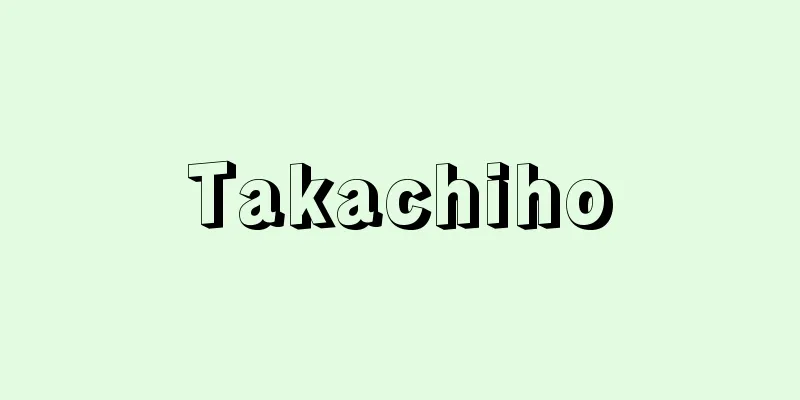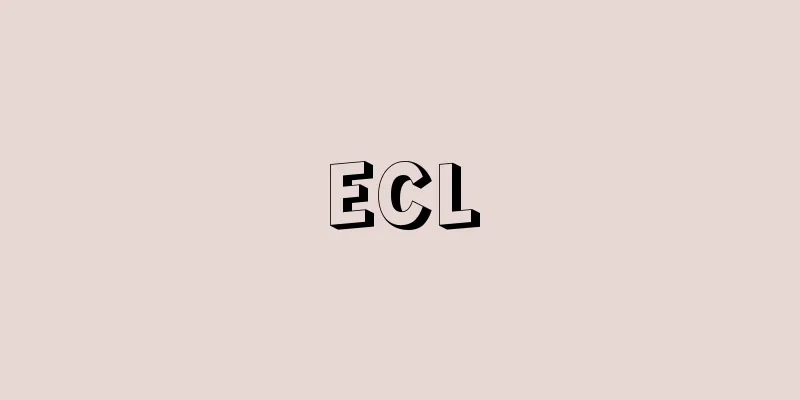Dislocation of the temporomandibular joint
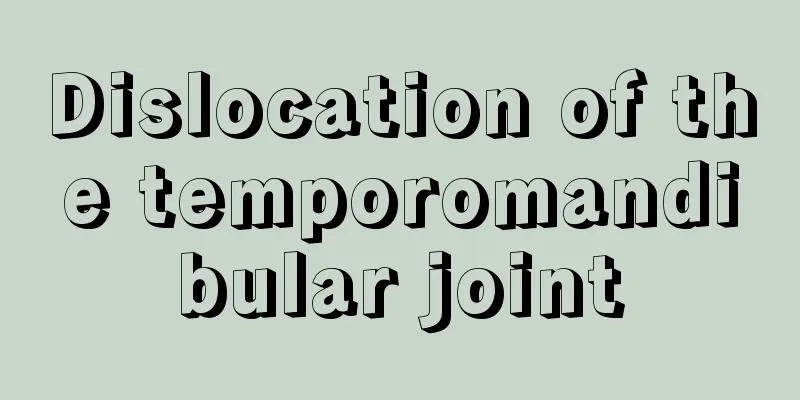
What is the disease?This is a condition commonly referred to as "the jaw being dislocated." However, it is more accurate to say that the jaw is not dislocated, but rather cannot be put back in place on its own. When opening your mouth, it forms the jaw joint. What is the cause? For most patients How symptoms manifest Pain from a dislocated jaw joint, unable to close the mouth on your own after opening the mouth wide, If the injury is not corrected immediately and becomes chronic, Testing and diagnosisDiagnosis is based on the aforementioned clinical symptoms and plain X-ray examination. For chronic or habitual temporomandibular joint dislocations that require surgery, CT scans and other tests are added as part of the preoperative examination. Treatment methods If the time lapse after the occurrence is short, it is easy However, in chronic cases, manual reduction may become difficult due to organic changes in the joint structure, and surgery may be required. Also, surgery may eventually be required in cases of habitual temporomandibular joint dislocation. What to do if you notice symptomsWe recommend that you see an oral surgeon as soon as possible. Yoshiki Hamada Source: Houken “Sixth Edition Family Medicine Encyclopedia” Information about the Sixth Edition Family Medicine Encyclopedia |
どんな病気か一般に「あごが外れた」といわれる病態です。が、実は、外れたのではなく、自力で「もどせなくなった」というほうが正しいのです。 口をあける際に、顎関節を構成する 原因は何か ほとんどの患者さんに 症状の現れ方 大きく口をあけた後、自力で口を閉じることができなくなった状態で、脱臼した顎関節の痛み、 すぐに整復せずに慢性化してしまうと 検査と診断前述の臨床症状と単純X線検査によって診断します。手術を前提とした陳旧性あるいは習慣性顎関節脱臼に対しては、術前検査の一環としてCT検査などが追加されます。 治療の方法 発生後の時間経過が短ければ容易に しかし慢性化した例では、関節構造の器質的変化により徒手整復は困難となり、手術を要することもあります。また、習慣性顎関節脱臼の場合にも最終的に手術が必要となることがあります。 症状に気づいたらどうする早急に口腔外科専門医の診察を受けることをおすすめします。 濱田 良樹 出典 法研「六訂版 家庭医学大全科」六訂版 家庭医学大全科について 情報 |
>>: Temporomandibular joint disorder
Recommend
Vaudeville - French for "vaudeville"
Today, it generally refers to popular entertainme...
Leo (Leo)
The abbreviation is Leo. It is a major spring cons...
skip
…A cage is a container that holds cars and trolle...
Belfast - Belfast (English spelling)
The capital of Northern Ireland, UK. A port and i...
Monotremes - Tankourui (English spelling)
A general term for animals belonging to the order...
Shopping Park - Kaimo Koen
...Lumber and woodworking industries have been th...
Inspiratory neuron
…A large number of respiratory neurons are distri...
Ouyang Xiu
A Chinese literary figure from the Song dynasty. ...
Straton (English spelling)
He was an ancient Greek philosopher from Lampsacu...
Song - Yes
(1) A princely state in China during the Spring an...
Tribonianus
…In Latin, it is called Digesta, and in German, P...
Nakamura Teijo
Haiku poet. Born in Kumamoto City. Maiden name: S...
Petar II
…Born in Montenegro. In 1830, he succeeded his un...
Kawahigashi Hekigoto
Haiku poet. Born in Matsuyama, Ehime Prefecture, ...
tone
〘noun〙 (tone)① The mood or tone felt from the whol...
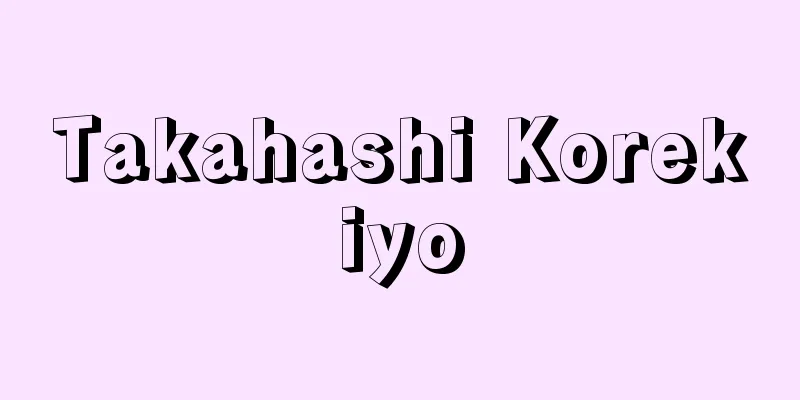
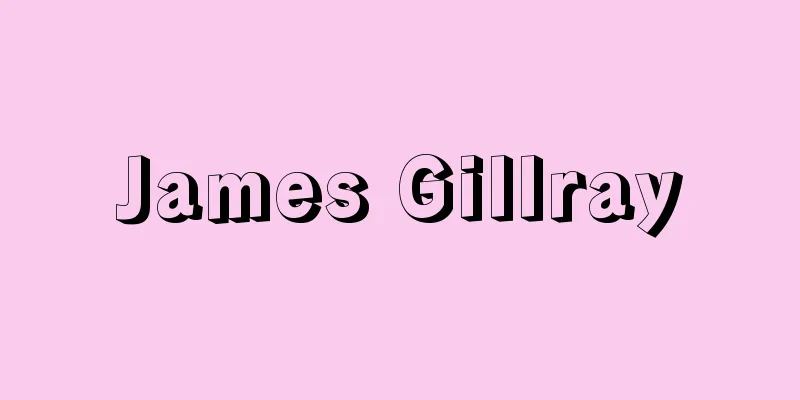
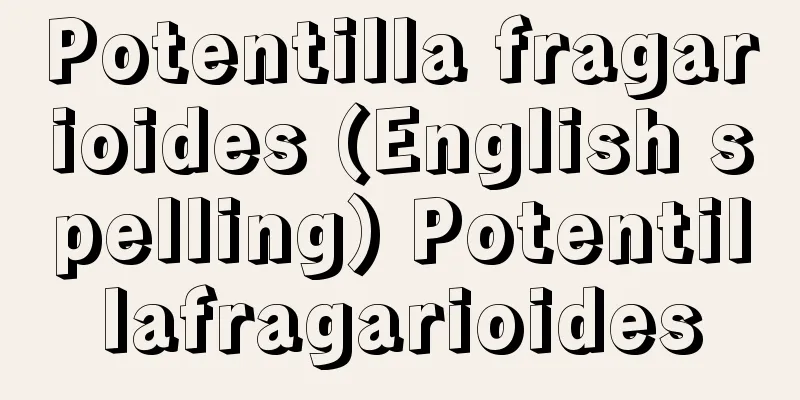
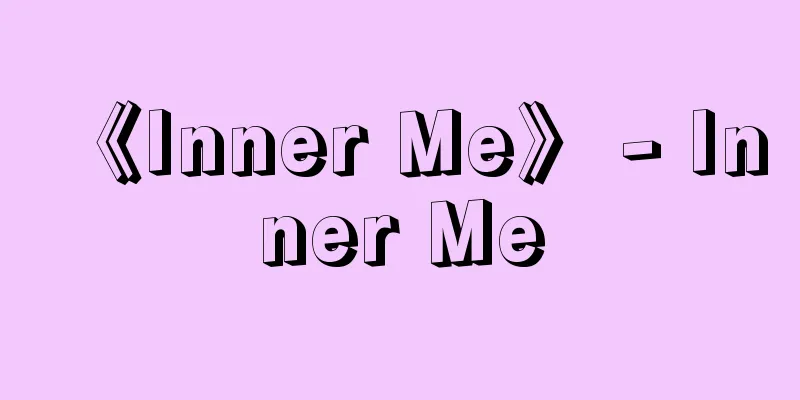
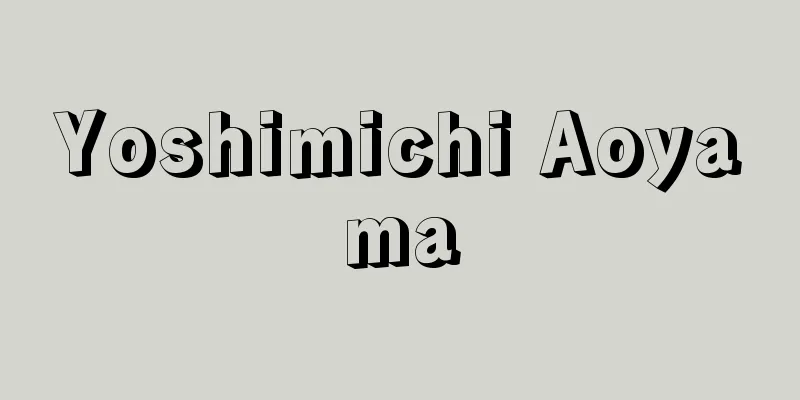

![Kamasaki [Hot Spring] - Kamasaki](/upload/images/67cb3e449ebcb.webp)

